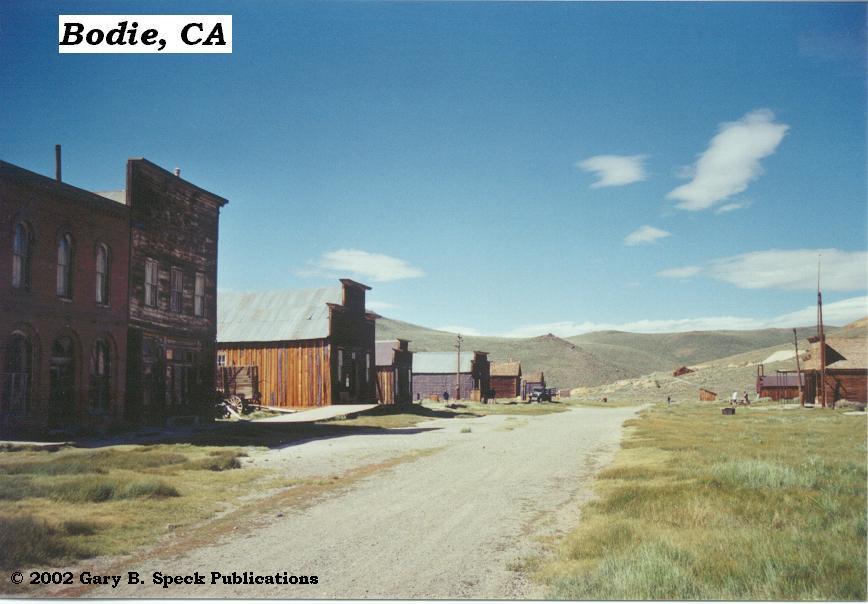California's New Towns

Mountain House, California - circa 2015 . . . ?
Make no little plans; they have no magic to stir men's blood
and probably will themselves not be realized. Make big plans;
aim high in hope and work, remembering that a noble,
logical diagram once recorded will not die.
- Daniel Burnham
In the field of planning, you cannot get much larger than the development of a whole new city. Not just another suburb, but a whole new independent community. Currently, in California there are at least three such communities in progress as we speak, if not more. Communities that when completed, will house, employ, educate and entertain thousands of new residents in what used to be farming or ranchlands just a few years ago.
Planning in California is not for the faint of heart and the planning of entire town from scratch is pretty close to extreme as you can get. Developers must commit to an arduous, time consuming process that involves thousands of pages of studies (water, air quality, traffic, etc), countless hours of negotiations and hearings, millions of dollars of mitigation and in many cases an unlimited supply of opponents and legal road blocks. As a consequence, only the developers with the deepest pockets even attempt to under take this process. So when a developer announces an interest building one, people sit up and take notice.

A Mountain House village as constructed (phase map)

Centennial California, situated in the Tejon Ranch at the north edge of LA County is still undergoing environmental review, with a targeted start-up date of late 2006. This project, if approved will be absolutely huge, with 22,000 housing units proposed at ultimate buildup, constructed at the rate of 1000 per year. Conservatively, that would translate into town of 50,000 to 60,000 thousand residents. As this project is located in what is now the last undeveloped gap between the northern most suburbs of Los Angeles and the City of Bakersfield, the town planners also propose an employment base of up to 30,000 to alleviate what would otherwise be a 45 mile community to the nearest suburb (Castaic) to the south.

Artist rendition of a future street scene
Finally, the developers of Chula Vista’s sprawling East Lake subdivisions are proposing the creation of a new town in Tulare County in the heart of the Yokohl Valley. Like the other two projects, this would be an entirely new town, away from existing cities. This project is still under design with even the developers unsure of the final form. What is clear however, is this community will have at least 8,000 housing units, which would make it one the county’s larger cities.
Under normal circumstances, some details of both new towns give me some hope for the future. Both Centennial and Mountain house are striving to be complete cities, with a balance of jobs, housing and commercial opportunities. Each have positive elements of New Urbanism, particularly with their downtown areas. Consideration of all needs was contemplated prior to construction so that as development proceeded, the requisite services (transportation systems or educational facilities) could be provided in a timely and efficient manner.
Both towns still remain wedded to the conventional manner of development. Single family homes and a hierarchical street network continue to reinforce the dependence on the automobile for most individual residences. There may be some improvements on the typical suburban development model, but strip away the downtown area and the new urbanism veneer and you will be left with Suburbia USA.
Developments like those discussed above is further evidence that most people (including the very wealthy investor-developers) just do not grasp the fact that declining energy supplies will radically alter this state’s future prospects, laying waste to the best laid plans of TriMark (Mountain House) or Tejon Ranch (Centennial) corporations.
Soon, as the energy crash engulfs California, depriving motorists of gasoline, residents of heating and cooking gas, and business with a stable supply of electricity the development of these communities will grind to a halt. It would be unavoidable and all that much more unfortunate.
Just imagine if one of these master-planned towns would have considered energy from the point of inception. The whole design could have been different, a grand plan to maximize energy investments and planning prior to construction. Housing could have been built, smaller, closer together on a tight grid or modified grid network that encouraged pedestrian and bicycle transportation. Most residents would become accustomed to walking or biking and require fewer cars (perhaps one or less per household). Multiple households could even share cars as is the case in some large cities. Each home would come standard with both photovoltaic and solar heat collectors, rainwater harvesting and composting toilets in super insulated structure. Cooling would be provided by efficient 2-stage evaporative coolers. Commercial activities would occur in the central part of town, also arranged in a pedestrian friendly format. Many establishments would participate in a local currency system whereby money-or credits-circulate internally to the community. Most people would be members of Community Supported Agricultural (CSA) arrangements and receive much of their foods from farmers immediately surrounding the town. Locally grown crops not immediately consumable would be processed and sold within the community. The farmers in turn would receive the green waste and compost from the community and eventually return it into production. Everything would be smaller, more compact and would try to capture every possible efficiency improvement.
By no means would this solve this state (or world’s) energy problems. It would however be a Grand Plan for successful adaptation to the future.
New Town planning still has a future in this world. It is increasingly important that such large scale planning take into account energy availability. Otherwise, why bother making grand plans if you no longer have the energy to carry them out?
proof that not every new town is destined for success . . .




